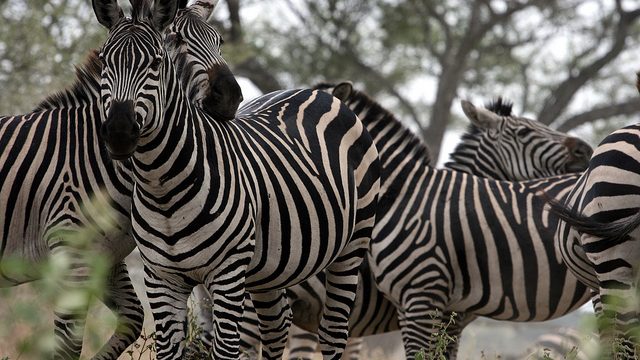Located in the northern part of Tanzania, Tarangire National Park is a hidden gem that stretches for 1,100 square miles. Wildlife thrives here as well as foliage, making this a haven for tourists to surround themselves in extraordinary nature. It’s advised to plan your visit to the park during dry season, because that’s when the highest concentration of animals flock to the area to take advantage of its fresh water and rich vegetation. Get ready for an adventure of your lifetime, here’s just some of the cool things you’ll Tarangire National Park.
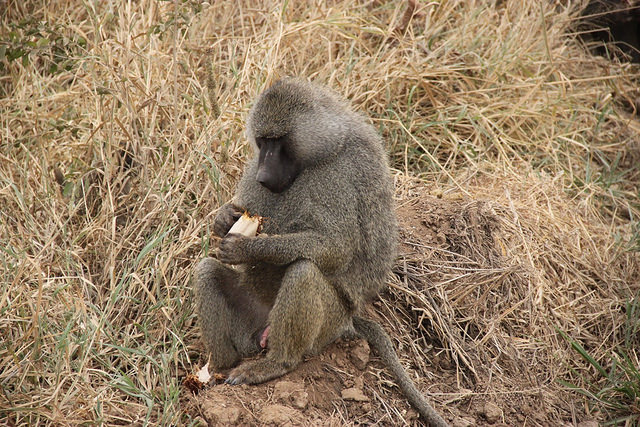
Courtesy of Andrey Fillippov/Flickr.com
Baboons
Don’t be surprised that when you drive your car through the park, you’ll be greeted by a gang of baboons climbing your car (this is why you’ll need to drive slowly). Keep your wits about you and do not interact with them by petting them or feeding them. When following the rules, you’ll have a blast watching the comical baboons in their native land.
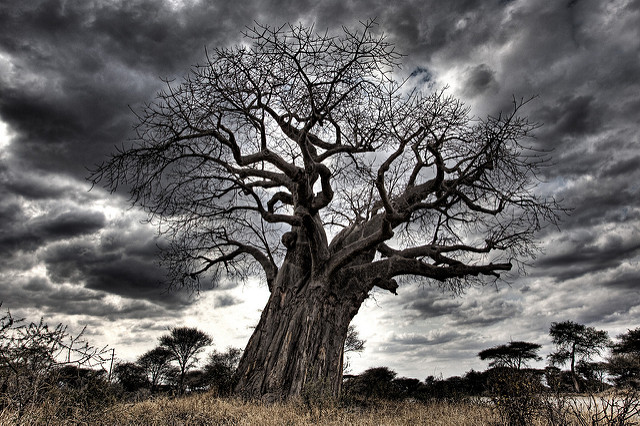
Courtesy of Leon F. Cabeiro/Flickr.com
Baobab trees
They look like something you’d expect in a Tim Burton film, but Baobab trees are an important presence in the forest due to their ability to store water in their trunks. The trees also sports fruit that are high in nutrition, giving wildlife plenty of access to the vitamins they need. Locals will take take them and use it as an ingredient to make beer. So when you’re driving down the road and you see these dead looking trees, remember, they’re full of life.
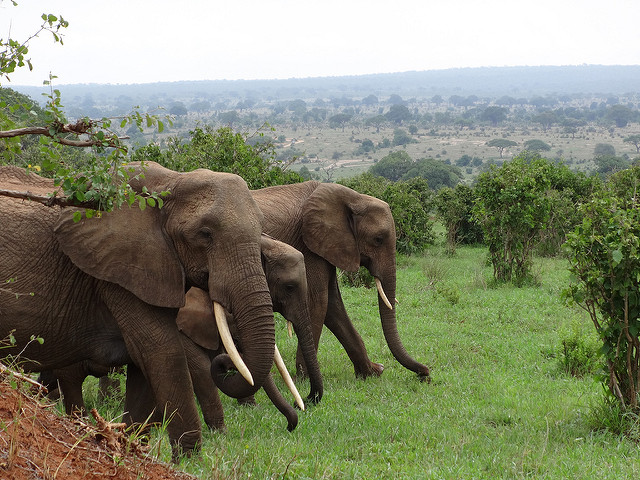
Courtesy of Max Clendenning/Flickr.com
Elephants
It’s almost guaranteed you’ll come across elephants on your drive. Tarangire National Park is home to the highest concentration of elephants in the country and it’s estimated that there are about 2,500 of them roaming freely. In fact, elephants do so well there that each year, their population increases by 6% which is an uplifting number considering they are rapidly declining in many other parts of Africa. It’s possible to spot up to 500 elephants in a herd.
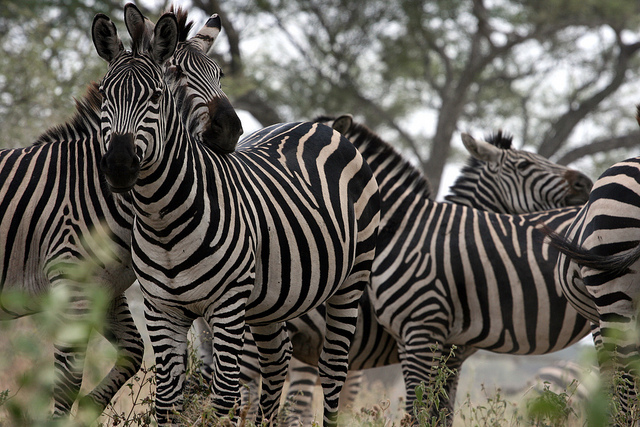
Courtesy of Abir Anwar/Flickr.com
Zebras
You’ll find the zebras most likely grazing with wildebeest that also swarms the park. Tourists report seeing hundreds of zebras throughout Tarangire National Park, especially at watering holes where they come to drink. The zebras are known to migrate and will sometimes travel out of the park so the best time to see them is during the dry season when they come to take advantage of the park’s water supply.
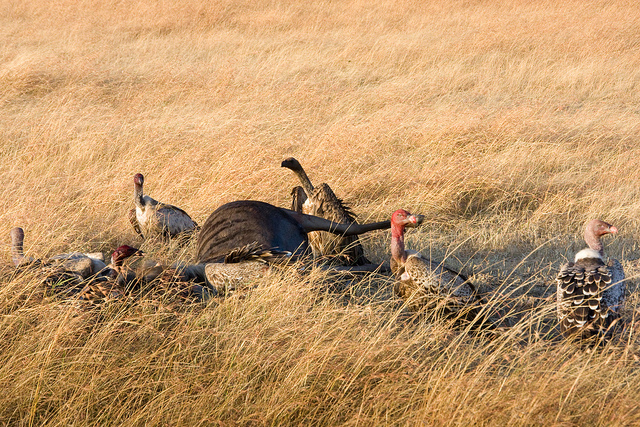
Courtesy of Marcel Oosterwijk/Flickr.com
Vultures
Because Tarangire National Park is so rich with wildlife, vultures consider the park to be their oasis. The “not-so-blessed-looking” birds will perch themselves on the baobab trees, waiting to spot a carcass before swooping in for their feast. There’s no bone to pick with them (pun intended), vultures are important contributors to the park as scavengers since the carcasses can spread diseases and without the birds picking them clean, wildlife will be plagued with illnesses. Visitors, if you spot a herd of the funny-looking birds in the grassland, chances are, they’re eating their dinner.
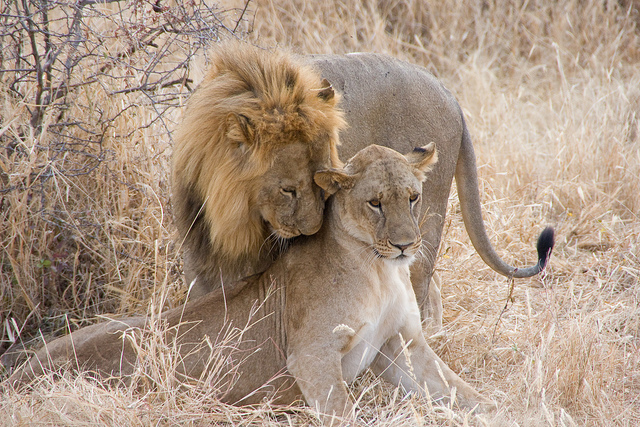
Courtesy of Marcel Oosterwijk/Flickr.com
Lions
This is exactly why visitors should remain in their cars at all time. It’s believed there are about 700 lions that make Tarangire their year-round home. Lions do not migrate out of the park like their neighbor zebras and wildebeest do during rainy season. Instead, they stick around and catch whatever stayed behind in the park, giving us plenty to see all year. Also, don’t be surprised to find them climbing trees, these lions harness a special skill that you don’t find in other prides in other parts of Africa.
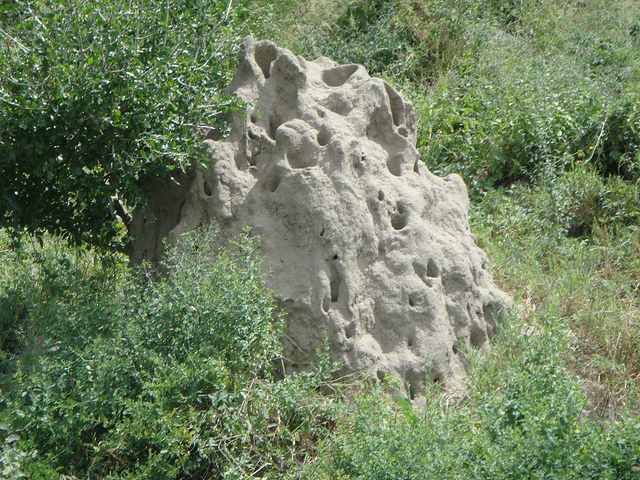
Courtesy of amanderson2/Flickr.com
Termite mounds
You might see chalky-white porous rocks sticking out of the ground randomly in the park. Look closer, they’re termite mounds. They might come across as nuisances but they supply plenty of food for smaller wildlife in the area such as mongooses and birds. The mongooses don’t only eat the bugs, they will literally move in once the termites have abandoned the mounds.
More from AFKTravel:
Tropical Retreat: Tanzania Islands You Have To Visit
How To See Tanzania On A Budget
Beyond The Serengeti: 10 Lesser-Known National Parks In Tanzania
Want to discover the finer side of Africa? Sign up for our weekly newsletter.
